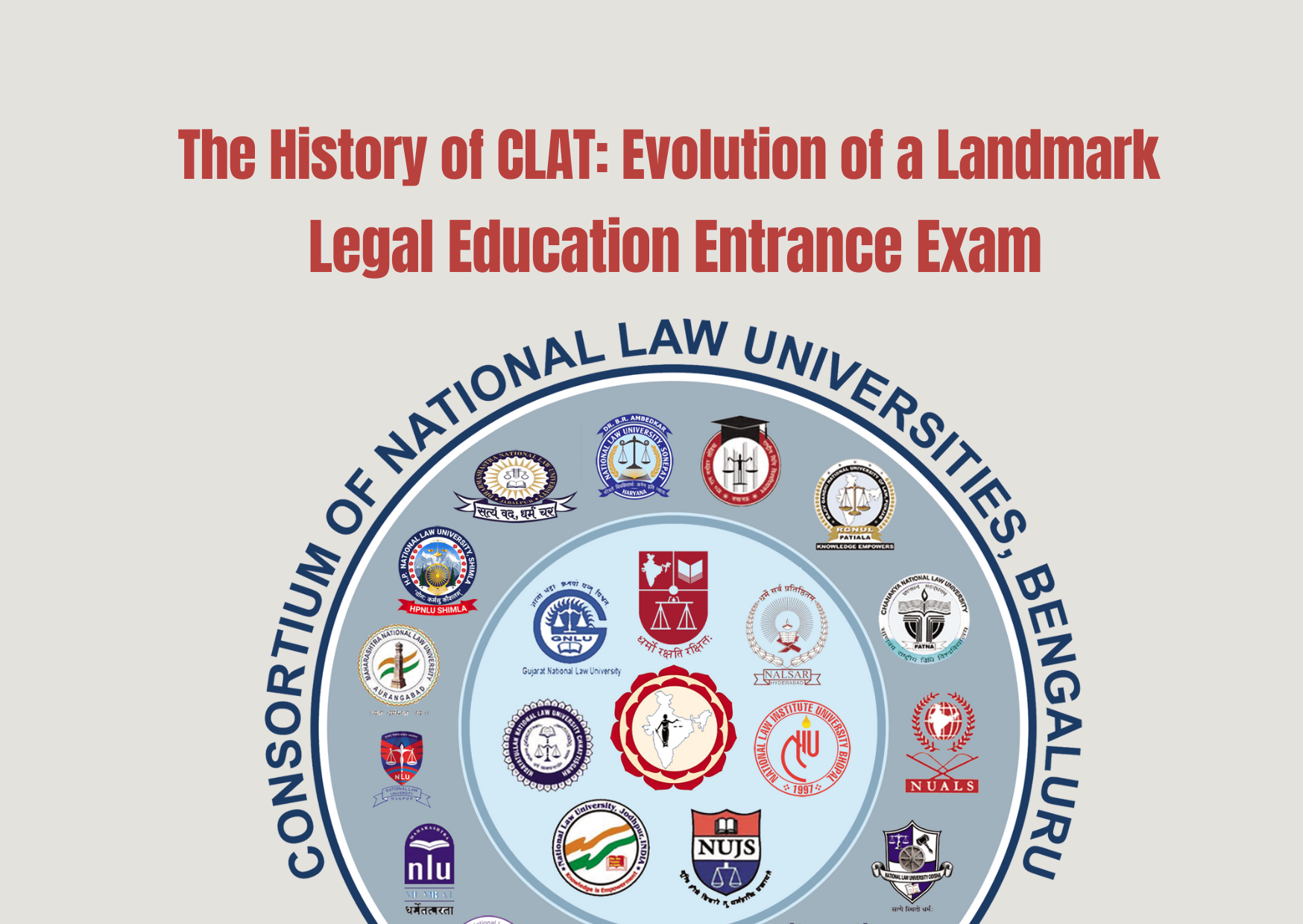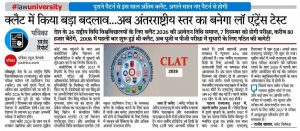The History of CLAT: Evolution of a Landmark Legal Education Entrance Exam
The History of CLAT: Evolution of a Landmark Legal Education Entrance Exam
The Common Law Admission Test (CLAT) has become a cornerstone in the landscape of legal education in India. It is the gateway to premier law schools, shaping the careers of aspiring lawyers and legal scholars. However, its history is a tale of evolving educational paradigms, administrative challenges, and a quest for a standardized legal admission process. This article delves into the origins, development, and current status of CLAT.
Origins and Early Years
Before the inception of CLAT, each National Law University (NLU) in India conducted its own entrance examination. This system posed significant challenges for students, who had to prepare for multiple exams with varying syllabi and schedules. The need for a centralized admission test became apparent to streamline the process and reduce the burden on students.
The concept of a common entrance test gained momentum in the early 2000s. The turning point came in 2007 when a committee of Vice-Chancellors from the then seven existing NLUs recommended the establishment of a unified entrance examination. This led to the creation of the Common Law Admission Test (CLAT) in 2008, under the guidance of the Ministry of Human Resource Development (MHRD).
The Launch of CLAT
The first CLAT was conducted in 2008, organized by the National Law School of India University (NLSIU), Bangalore. It was a significant milestone, as it marked the beginning of a unified approach to legal education admissions. The test aimed to provide a fair and transparent mechanism for admission to undergraduate and postgraduate law programs across the participating NLUs.
CLAT 2008 saw participation from seven NLUs: NLSIU Bangalore, NALSAR Hyderabad, NLIU Bhopal, WBNUJS Kolkata, NLU Jodhpur, HNLU Raipur, and GNLU Gandhinagar. Over the years, the number of participating universities has grown, reflecting the increasing importance and acceptance of CLAT as the standard for legal education admissions.
Evolution and Reforms
Since its inception, CLAT has undergone several changes to improve its effectiveness and address various challenges. The responsibility of conducting CLAT rotates annually among the participating NLUs, ensuring that no single institution monopolizes the process and promoting collaborative administration.
One of the significant reforms came in 2014, with the establishment of the CLAT Core Committee, comprising Vice-Chancellors of the participating NLUs. This committee oversees the smooth conduct of the examination and ensures the implementation of best practices. Additionally, the introduction of online applications and computerized test formats has modernized the process, making it more accessible and efficient.
Challenges and Controversies
Despite its success, CLAT has faced its share of controversies and challenges. Issues such as technical glitches during online examinations, allegations of improper evaluation, and inconsistencies in question papers have occasionally marred its reputation. The 2018 examination, in particular, was fraught with technical difficulties, leading to widespread student protests and legal battles. This prompted the Supreme Court of India to direct the CLAT Consortium to implement corrective measures.
In response to these challenges, the CLAT Consortium was formed in 2018, comprising representatives from all participating NLUs. This body was tasked with standardizing the examination process, ensuring greater transparency, and addressing grievances effectively. The Consortium also introduced a permanent secretariat to streamline operations and maintain consistency across administrations.
Current Status and Future Prospects
Today, CLAT is recognized as the premier entrance examination for legal education in India. It has expanded to include 24 NLUs, each contributing to the country’s legal landscape by producing competent legal professionals. The examination covers various subjects, including English, General Knowledge, Mathematics, Legal Aptitude, and Logical Reasoning, ensuring a comprehensive assessment of candidates’ abilities.
Looking ahead, the future of CLAT seems promising. With ongoing efforts to refine the examination process, enhance transparency, and leverage technology, CLAT is poised to maintain its status as the benchmark for legal education admissions in India. The introduction of new measures, such as the inclusion of diverse question formats and the continuous review of syllabi, reflects the Consortium’s commitment to evolving with the educational landscape.



